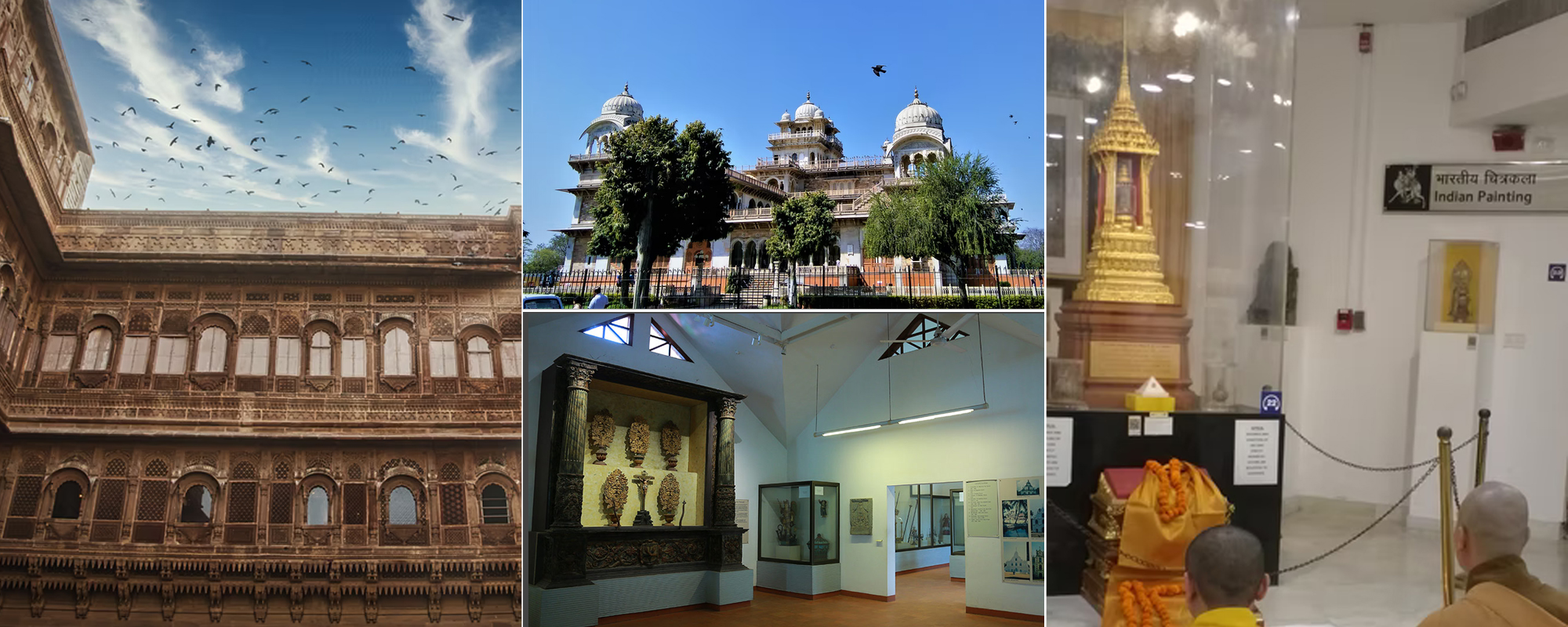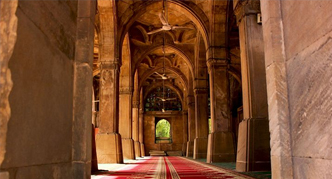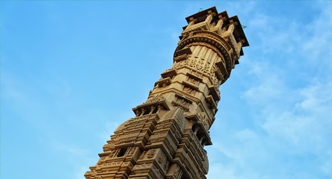
Sanskar Kendra is the Indian cultural center in Ahmedabad designed by the world-renowned architect Le Corbusier. The building houses two museums- The Museum of the City and The Patang Kite Museum along wit two private villas, Villa Sarabhai and Villa Shodhan.

Timing: 10:30am to 12pm – 4pm to 6pm (Monday closed)
Location: Near Sardar Patel Bridge, Paldi, Kocharab, Ahmedabad, Gujarat.
Entry Fees: No entry fee.
Sanskar Kendra is a cultural center building in Ahmedabad, Gujarat housing two museums and is also famous for the architecture of the building designed by celebrated architect le Corbusier. The building got its name from Sanskar Kendra, the first in Ahmedabad. In spite of being in a bad condition and the building needing some updates and maintenance work, the museum is still visited by many travelers because of its historic and cultural significance.
The construction of the home of the two museums was done in 1956 by the Swiss-French architect Charles-Edouard Jeanneret-Gris, famously known as Le Corbusier, as part of a larger development project which included local Mill Owners’ Association Headquarters and two other private houses, Villa Sarabhai and Villa Shodhan. Le Corbusier designed the building in a way that it would fit well with the hot and humid conditions of Ahmedabad. There is a range of sun shading systems, green plantations, and water basins on the roof. The Sanskar Kendra building has two museums within its premises. One is the Museums of the City and the other one is The Patang Kite Museum.
The Museum of the City – This museum displays many objects, artworks, and historical documents through which the history of the city of Ahmedabad is presented from the 11th century, from the time when it was known as Ashaval. There are many old relics, sculptures, and facts related to the old communities of Ahmedabad, Mahatma Gandhi, and his struggle for independence. The museum also houses the tallest incense stick in the world with a height of 4.5m.
The Patang Kite Museum – This museum houses around 125 kites of different shapes, sizes, color combinations, patterns, designs, and materials. The museum celebrates the rich tradition of kite-flying, which embodies a religious significance for many Indians. You will find here kites made of polythene, paper, cotton, and spinacle nylon with patterns such as mirror work, block print, with images of deities and other famous personalities.






Copyright 2012-2022 Indiamap Digital Pvt Ltd. All rights reserved. Privacy Policy | Terms of Use